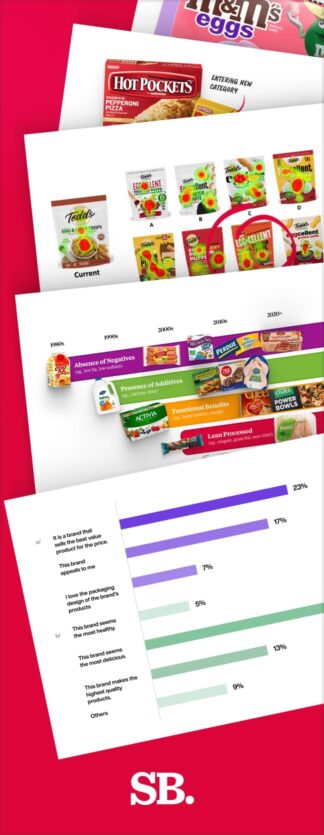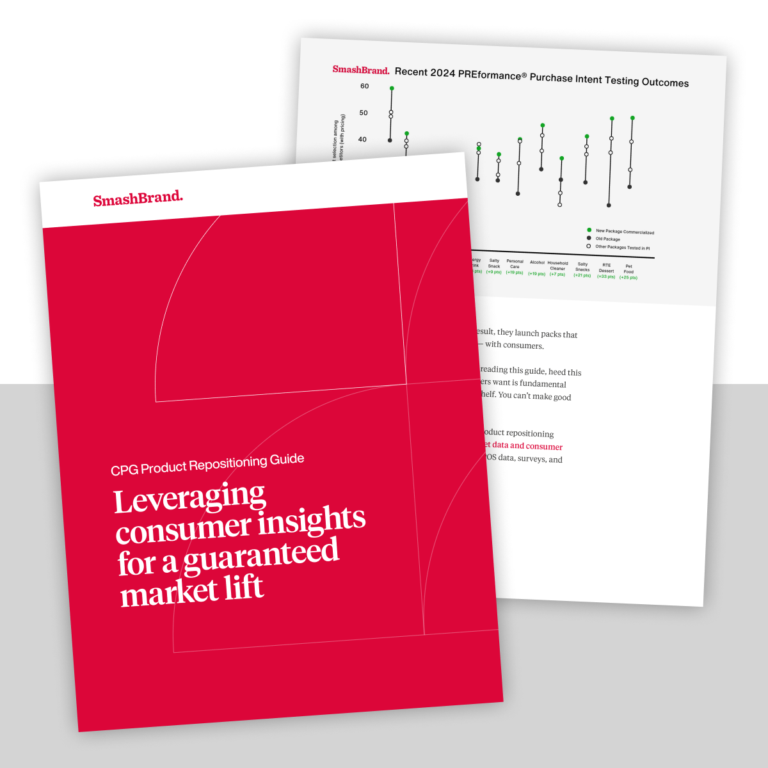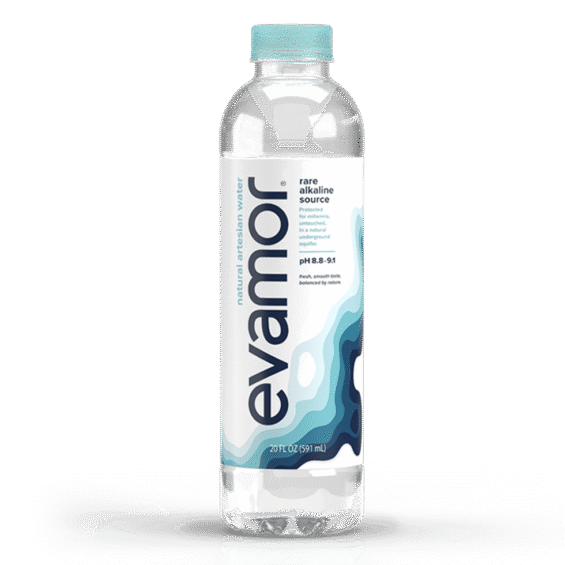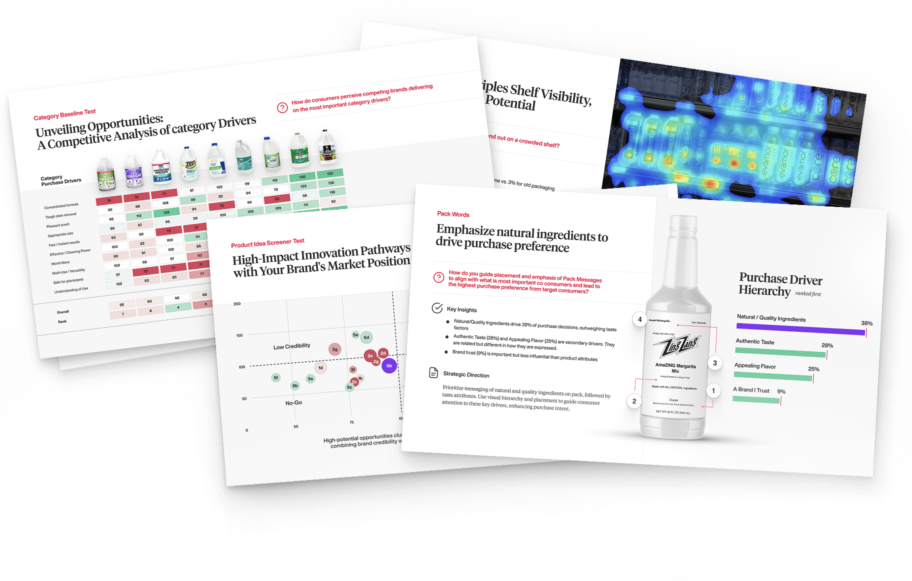In 2021, the bottled water industry generated a staggering $283.01 billion, with a projected 6.7% growth the following year. Despite rising concerns about waste, pricing, and purity, the category remains strong. Products like the glass water bottle and stainless steel water bottle, as well as eco-conscious options such as Klean Kanteen or Hydro Flask, continue to attract consumers seeking more than just hydration.
From the tactile appeal of an insulated water bottle to functional upgrades like a straw lid or integrated filter, design now plays a central role in differentiation. Even personalized water bottles and promotional water bottles have become tools for brand loyalty and storytelling.
Whether you’re launching a custom water bottle for retail or targeting lifestyle-conscious buyers sipping hot drinks from branded containers, this article breaks down the packaging trends and strategies that make bottled water a brand-builder, not just a beverage.
The Rise of Branded Bottle Water
To understand today’s bottled water market, it is helpful to examine its origins. Water distribution originally emerged out of necessity, as communities with unsafe drinking water drove early demand for improved water supply systems. By the 1850s, American entrepreneurs, inspired by European practices dating back centuries, turned hydration into luxury.
Capitalizing on the appeal of mineral-rich water, early brands marketed glass-packaged beverages to the social elite. These early versions featured a more eco-friendly bottle design than the later versions, which were made of plastic.
As premium water gained popularity, so did thoughtful packaging. A custom bottle, crafted with unique design and purpose, signaled wellness and status. The concept of “bottled at the source” evolved into a movement, often championed by professional designers to enhance visual appeal.
Today, the legacy continues with custom water bottle designs, featuring everything from limited-edition collections to bottles suitable for personal use, such as gym bag essentials or containers safe for hot liquids. Additions like built-in water filters, ergonomic lids, and designer touches transform everyday hydration into brand-driven experiences.
Bottled at the Source
Many bottled water brands still rely on imagery to convey a single core message: bottled at the source. It’s a nonverbal cue that reinforces purity and premium value. Historically, this positioning evolved from highlighting the sanitary benefits of clean water over contaminated well and river water. Today, it’s a brand story built into the packaging.
Urban consumers, especially in metropolitan areas, are acutely aware of the drawbacks of tap water. They’re willing to pay for reverse osmosis or spring water, but prefer the latter. This has led to a surge in purified water brands using visual and linguistic cues to appear spring-sourced, even when they aren’t.
This insight continues to influence branding strategies for bottled water and should be viewed as a viable purchase driver. Whether you’re working on bottle product development, brand identity design for a packaged water brand, or testing a new water bottle packaging process, leveraging the “bottled at the source” narrative adds value.
From bottle product design to water bottle packing and even boxed water packaging, integrating this perception into your branding on water bottles can directly impact consumer choice.
Sparkling water.
There is a subconscious connection between carbonation and mineral water. This is because the first sparkling waters originated from springs or wells of natural water, influenced by volcanic gases. The outcome was bubbling water rich in minerals.
We cannot say the same about most of today’s sparkling water brands. When bottled at the source, they take spring water through a laboratory process, adding carbonic acid to it. Scientists accomplished this by infusing high gas pressure into low temperatures.
Does the consumer of carbonated drinks clearly understand this message? Nope. Most will not question manufactured bubbles, and brands can demand a premium price as long as the experience appears natural.
Much like home reverse osmosis systems, testing a purchase driver of lab-developed bubbles being better would be interesting if this is true.
Luxury water bottles.
There’s still a thriving market for the original bottled water demographic consumers who associate water with exclusivity, status, and wellness. Today’s luxury water goes beyond purity. It’s alkaline tested, exotically sourced, and often priced to match.
These high-end offerings can range from $5 to an astonishing $60,000 per bottle. That’s right $60K for something you can pour from your tap. Just ask brands like Acqua di Cristallo, whose bottle water branding includes a 24K gold vessel that turns hydration into a status symbol.
If you’re questioning your pricing strategy, it’s time to remove subjectivity from the packaging design process. Test your beverage bottle design against consumer perception to discover what the market will truly pay.
From drinking water bottle design to mineral water bottle design and bottle packaging design, luxury lies in the details and the value your design conveys.
Branded Water Bottles
Let’s return to planet Earth and acknowledge that not all water brands succeed in their respective retailers. In 2022, there are serious concerns that bottled water brands must address with their product design and packaging.
There are enemies of bottled water at every turn. One of the most prominent examples is Paris, France, which eliminated bottled water as a CPG category. With innovative sanitation and remineralization processes, you can access free, high-quality drinking water on nearly every street corner in the city.
This isn’t the only weapon used to fight against bottled water.
The Fight Against Bottled Water
Plastic water bottles are the elephant in the room. There is a significant stigma surrounding plastic that environmentally conscious consumers avoid plastic water bottles, even if they are made from 100% recycled material.
There may not be enough room on the label for a former consumer to opt for plastic packaging again. However, there’s an opportunity to convert current plastic bottle consumers to a more sustainable packaging design.
If your brand continues to use plastic bottles, consider how you can appear more natural if you hope to capture consumers at the intersection of convenience and sustainability.
The reusable water bottle industry is growing, albeit not as rapidly as the bottled water industry. At an expected annual growth rate of 3.3%, we anticipate the reusable water bottle industry will reach $10.63 billion by 2028.
Of course, any situation that creates a significant environmental impact could disrupt this.
The actual issue with reusable water bottles is finding quality drinking water. Therefore, brands such as Brita introduced filters inside reusable water bottles, turning tap water into drinking water. Another reputable opponent to packaged drinking water brands.
How Water Bottles Will Survive
We witnessed a significant increase in demand for water bottles due to the pandemic. Out-of-stock grocery stores limiting purchase quantities increased product scarcity. In this situation, a brand’s environmental impact, branding, and label artwork were irrelevant to its revenues, as everything on the shelf was selling.
However, the bottled water industry cannot rely solely on a pandemic for its survival. Brands must pivot to meet both changing consumer expectations and generational shifts.
For new-to-market brands, packaging, branding, and artwork must speak to demographics willing to listen to their pitch. For established brands, striking a balance between offense and defense is crucial to prevent market share loss.
For water brands to sustain themselves, they must consider sustainability in their packaging design. Let’s look at some of the options emerging in the market.
Eco-Friendly Packaging
We know you have been expecting this topic, but eco-friendly packaging is the future of bottled water design. To remove the elephant in the room (plastic bottles), we must address it head-on. Let’s look at today’s bottled water packaging innovations that reduce landfill waste.
Boxed Packaging
Boxed water offers a more natural packaging appeal. How this translates into hydrating and refreshing may be another story. Consumers of cardboard water products make premeditative decisions. Being eco-friendly is top of mind and considered at every point of their shopping experience.
Do thirsty consumers run to boxed water in their local Circle K? doubtful.
Aluminum Can Packaging
How do you make a product 100% recyclable without adding additional costs? Choose an existing packaging type in the beverage industry . Water in cans encourages recycling without upping the retail price. Unfortunately, consumers expect carbonation, so there may be an expectation/experience mismatch if your brand doesn’t offer sparkling water.
Glass bottle packaging
Glass bottles offer a level of sophistication unmatched by other packaging. The heavier weight, smooth texture, and clarity make glass bottled water a popular choice for premium brands. But glass bottles are sustainable as well.
Since premium consumers are more philanthropic, they may be willing to pay a higher price if it means doing well for the environment. A brand can capitalize on this purchase driver, as there appears to be a gap in the bottled water industry.
PET Bottle Packaging
You rarely find that a consumer understands what a PET bottle is. As we mentioned, we consider plastic an environmentally destructive choice, regardless of its impact. Almost every plastic bottled water brand uses PET, but very few can market this effectively.
If you are using PET and want to promote sustainability, clearly communicate this on your bottle and provide more details on your secondary packaging. Off the packaging, consider how you will convey this message in e-commerce product descriptions. Prioritize this topic in areas that permit context-based product messaging.
Plant-Derived Packaging
With the growing popularity of plant-based consumer products comes an increase in the use of plant-based packaging. Biodegradable packaging helps reduce plastic waste while offering the same flexible feel. This packaging type may be cost-prohibitive for startup brands targeting niche locations such as health food stores, but it is worth considering.
Water Bottle Packaging Design Strategy
Several key considerations must be addressed before finalizing your water bottle packaging design. Working through your packaging design strategy narrows down the types of packaging we have discussed, presenting a smaller group of options.
The following questions will help your positioning, from label design to marketing strategy.
Who is Your Customer?
Trick question. You have multiple customer profiles. You have the consumer, the distributor, and the store itself. Your packaging design strategy should consider all three buyer personas. Gain a deeper understanding of the most intricate details about these individuals or teams.
Buyer personas differ from brand to brand. Some water brands focus on business-to-business (B2B) sales and require a design that appeals to a broad audience while maintaining a professional appearance on B2B platforms, such as Elevate Marketplace. Natural brands may need an e-commerce strategy to enhance their retail presence, capturing the attention of online grocers like Thrive Market.
Who Are Your Competitors?
You must, and I repeat, understand the competitive landscape for your product. Once you know your consumer and retailer, identify who is competing in the shopping arena. Both in packaging design and package testing, determine the viability of your product against its industry rivals.
Can you Customize Secondary Packaging?
If you can, you must. Most water brands miss this opportunity. As mentioned, you have three customers. With effective secondary packaging, revenues increase even if only the distributor and the merchandiser see your case packaging.
Package testing
We have touched on it several times in this article, but now let’s get serious. Without package design testing, the odds are stacked against you. Competing against established brands in this historic beverage category demands consumer testing in a simulated buying environment.
A flashy water bottle label design is not a strong enough revenue driver to compensate for low margins and heavy freight costs. Testing is not optional in this competitive industry and will make or break your brand.

Nice Package
Don’t miss out on our monthly newsletter Nice Package!
Each month, we deliver a data-driven newsletter directly to your inbox, unpacking a critical topic in the FMCG & CPG industry.
"*" indicates required fields
Packaging Design Agency
Want a best-selling brand? SmashBrand creates custom packaging designs for the CPG industry. Our proprietary testing methodology ensures that your brand increases in purchase intent and brand recall, resulting in significantly higher revenues.
Book a time to discuss your project with the SmashBrand team.
Subscribe to
Nice Package.
A monthly newsletter that unpacks a critical topic in the FMCG & CPG industry.
Free Resource.

CPG product repositioning guide.
Explore the five undeniable signs your CPG product needs repositioning along with strategies for leveraging consumer insights for a guaranteed market lift.
Learn More About CPG product repositioning guide.

